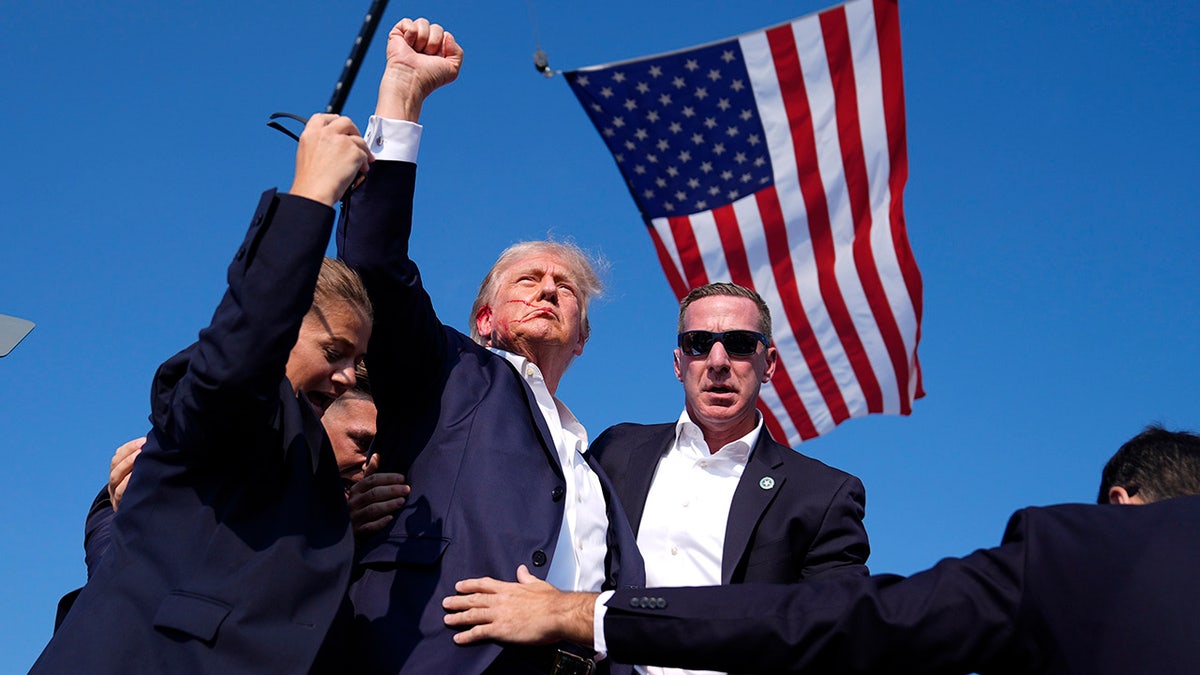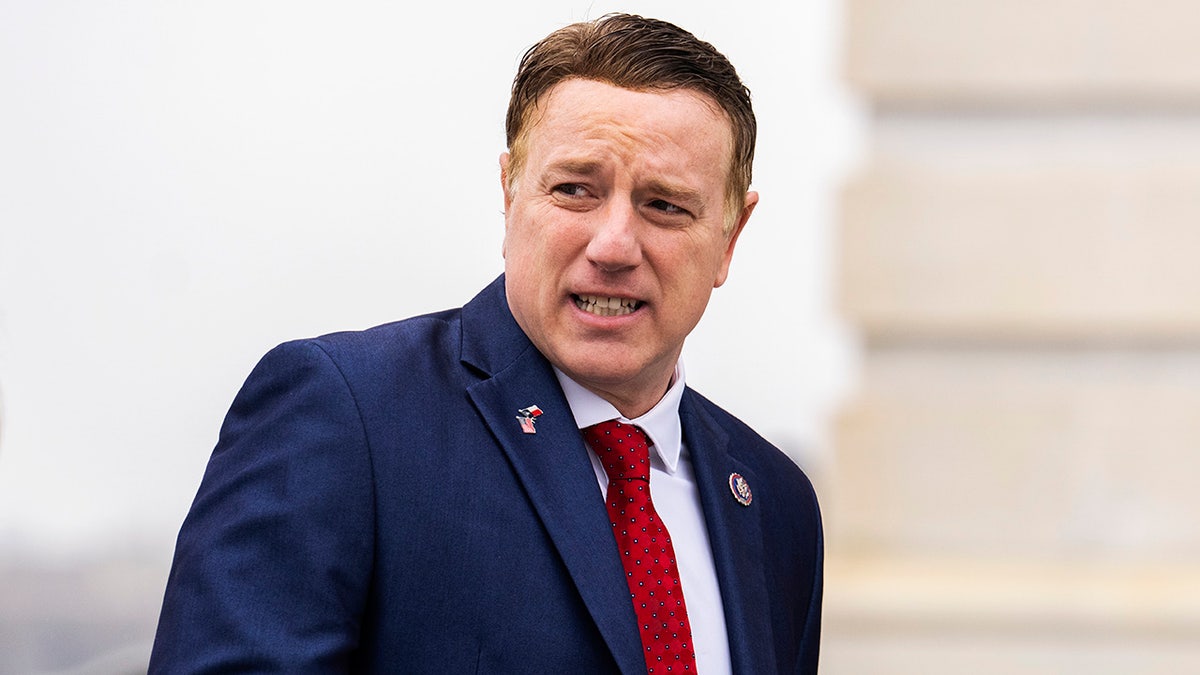A bipartisan House panel's investigation into the attempted assassination of President-elect Trump took a dramatic turn when a heated exchange between a congressman and the acting Secret Service director overshadowed the hearing's findings. While the committee aimed to address security failures and propose solutions, the explosive confrontation became the focal point, eclipsing the bipartisan efforts to improve Secret Service protocols.
The 13-member task force, composed of both Democrats and Republicans, convened to examine the events surrounding the near-fatal attack on Mr. Trump in Butler, Pennsylvania. Despite achieving consensus on the Secret Service's shortcomings and welcoming reforms such as increased drone usage and enhanced local law enforcement collaboration, the hearing was derailed by a fiery clash between Rep. Pat Fallon (R-Tex.) and Acting Secret Service Director Ronald Rowe.

The confrontation stemmed from a photograph displayed by Rep. Fallon showing President Biden, Vice President Harris, President-elect Trump, and Senator JD Vance at Ground Zero on 9/11. Rowe's presence in the photo near the dignitaries sparked a contentious line of questioning from Fallon, who challenged Rowe's role and motivations that day. The exchange quickly escalated, with both men raising their voices and accusing each other of misconduct.
Rowe defended his presence at Ground Zero, emphasizing his personal connection to the 9/11 tragedy and his intent to pay respects. Fallon, however, accused Rowe of using the event for political gain and endangering the lives of the protectees by displacing other agents. He further insinuated that Rowe was vying for the permanent director position.

The verbal sparring match continued with both men exchanging heated remarks and accusations. Rowe vehemently denied Fallon's claims, while Fallon doubled down on his assertions, suggesting that Rowe's actions constituted a "vanity project." The intensity of the exchange was palpable, leaving observers stunned.

The aftermath of the confrontation left the hearing's intended purpose largely forgotten. The focus shifted from the Secret Service's failures and proposed improvements to the explosive exchange between Fallon and Rowe. While Fallon maintained that the clash was not intended to detract from the bipartisan nature of the investigation, the incident undoubtedly overshadowed the committee's efforts. Rowe departed before reporters could obtain his perspective on the altercation.
The incident underscores the already tense political climate surrounding the Trump assassination attempt. Despite the committee's attempts to address critical security concerns and promote bipartisan cooperation, the dramatic confrontation between Fallon and Rowe ultimately dominated the narrative, leaving a lasting impression of discord and animosity.
Comments(0)
Top Comments